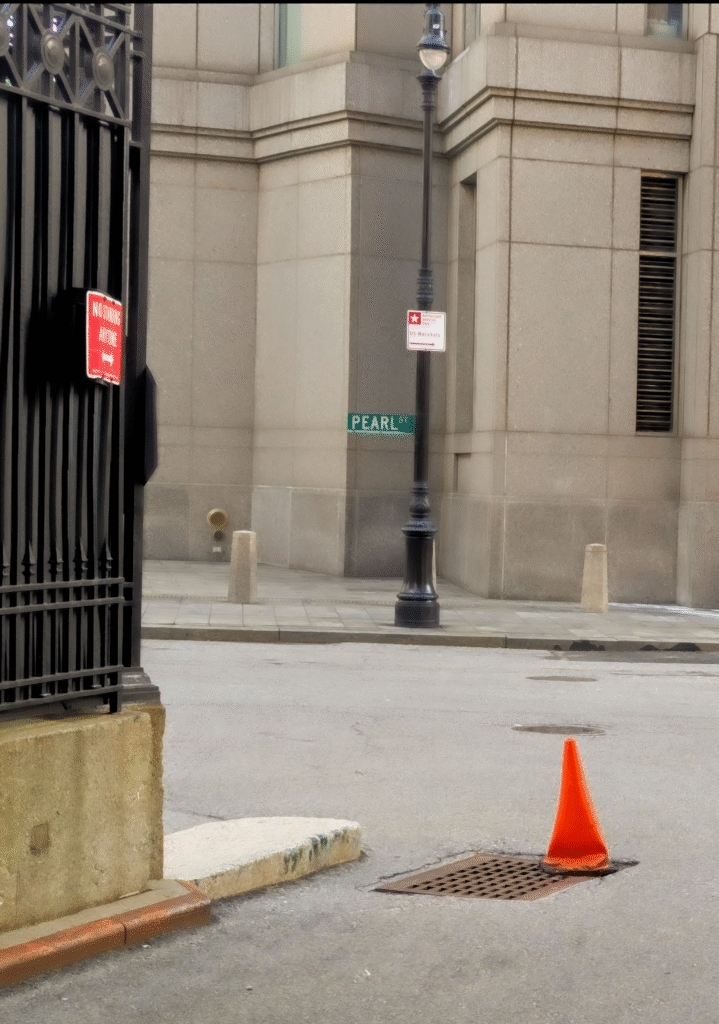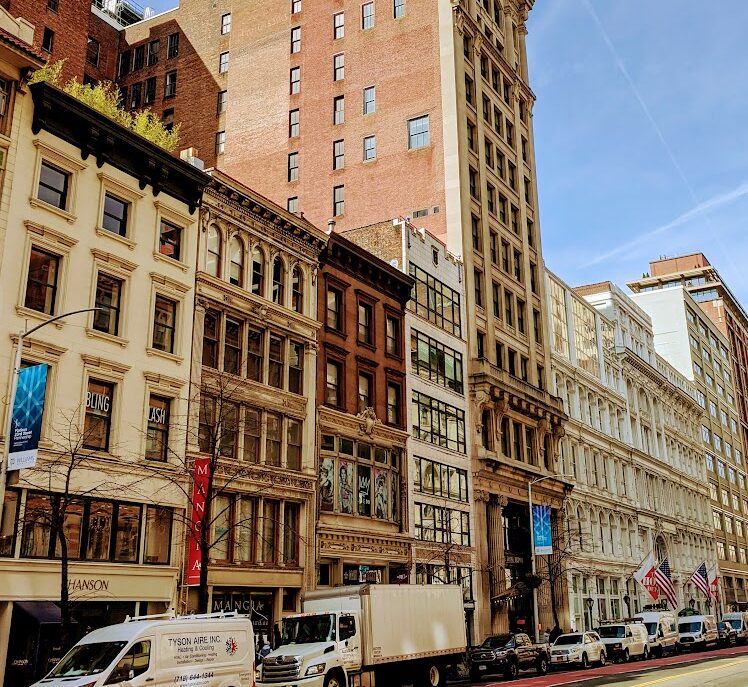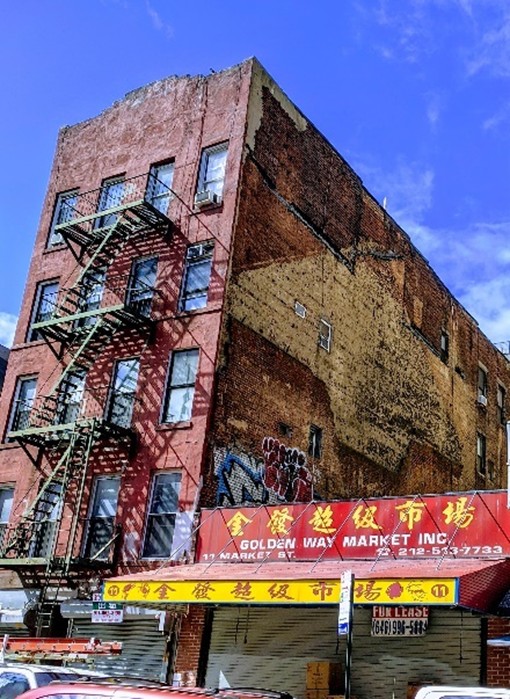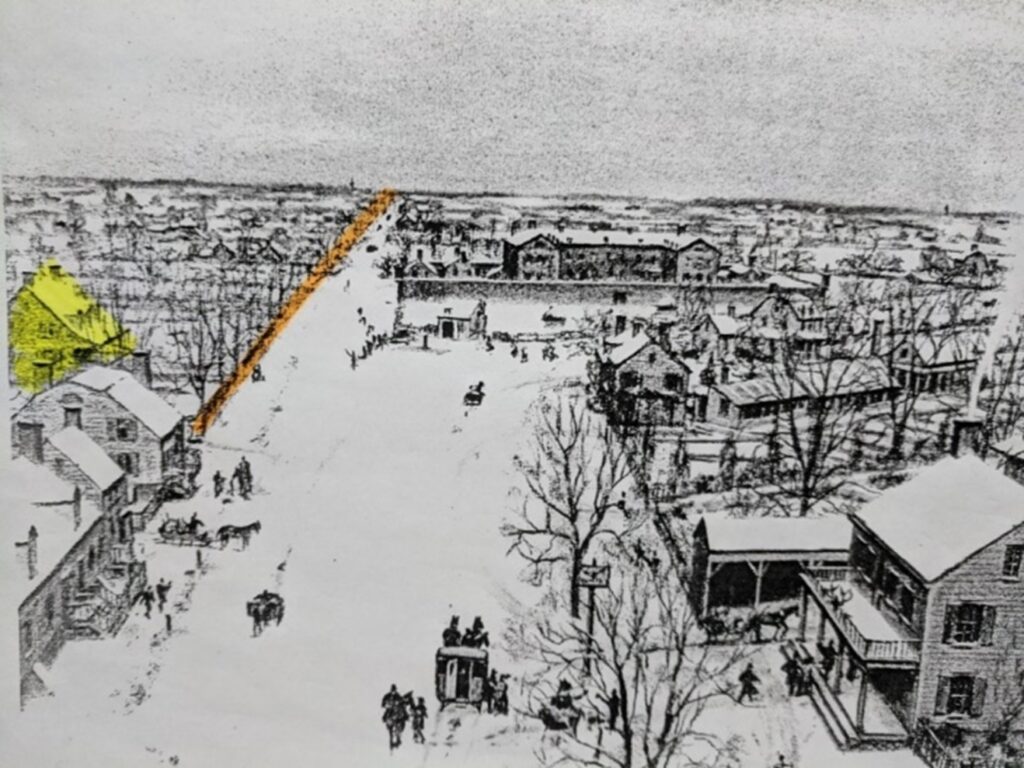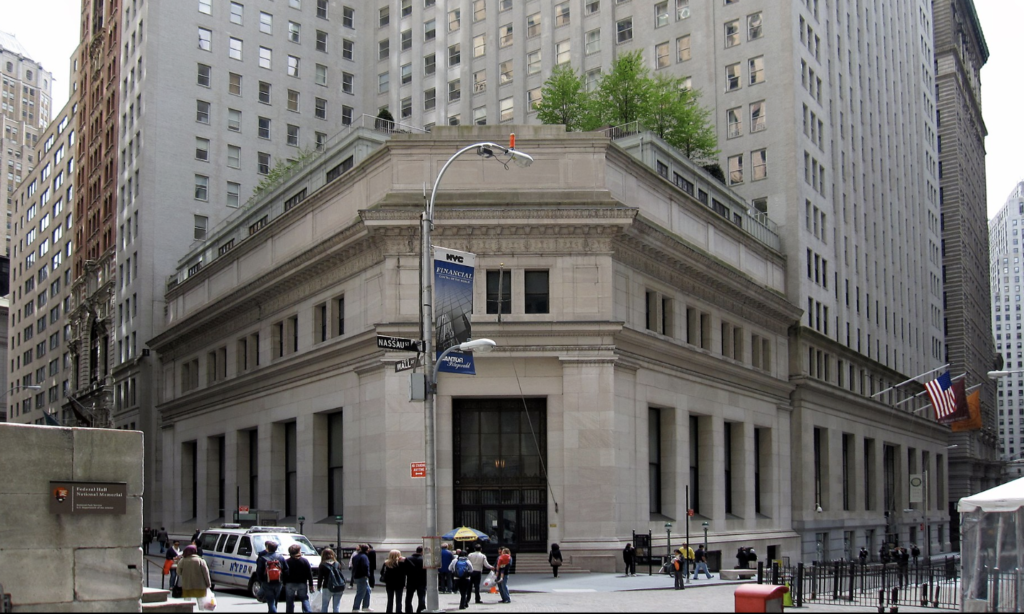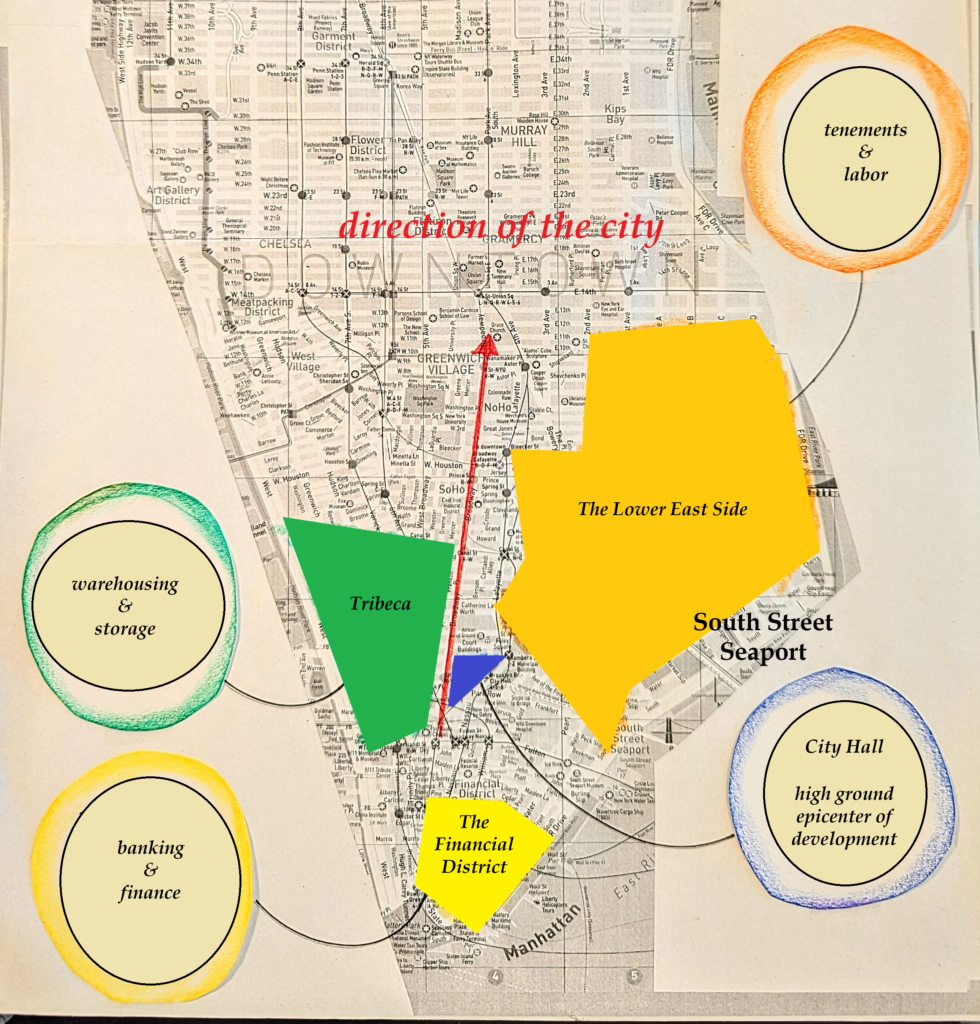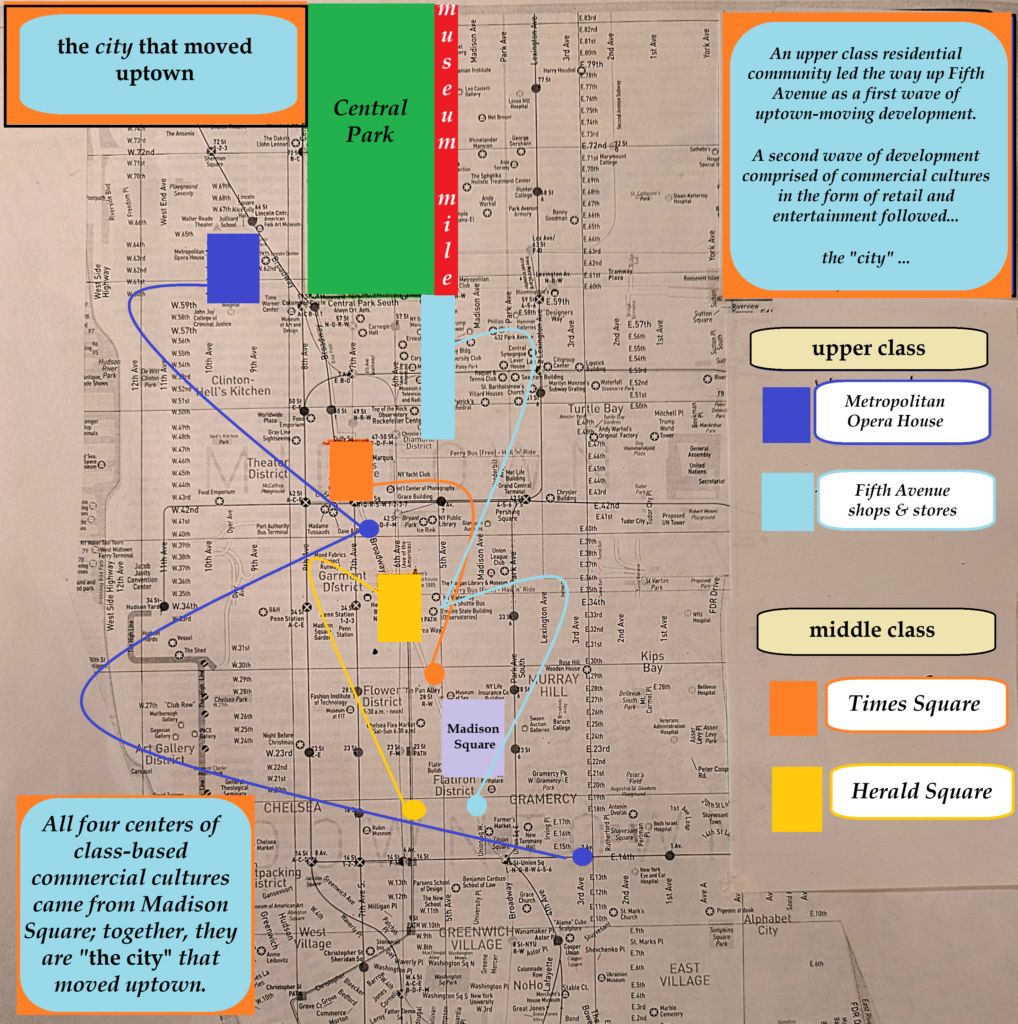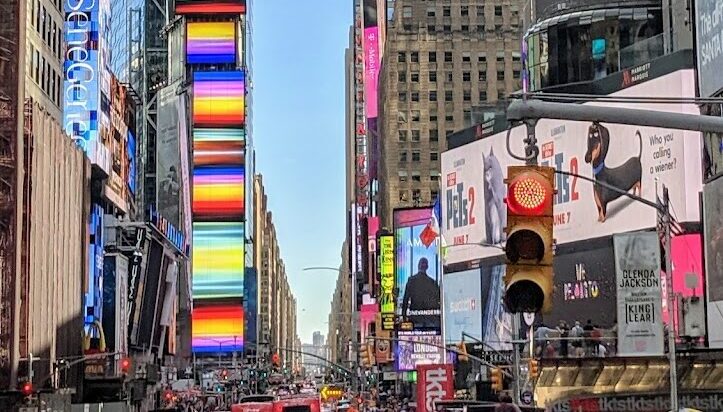Pearl street derives its name from the shell middens left by Manhattan’s original Lenape inhabitants at the island’s southern tip. Initially, it spanned a single block between State Street and Broadway.
Category Archives: Manhattan Unlocked
The granular detail of New York: indivudual builidngs, blocks and neighborhoods; architectural styles, local history
Beyond “reading” the facade elevation (or side) of a building as a palimpsest, how does read a blockfront?…
Following on the post: The Vortex and the Palimpsest: Seeing the City through Time and Space, this post explores the concept of the palimpsest as a way of decoding the city.
It helps to think about the city using analogy and metaphor for how it developed through time and space: the vortex and the palimpsest. Use the idea of the vortex to think about the city’s uptown growth through time. The Vortex If Manhattan were stripped of its towering skyscrapers and scaled back to a human […]
This is the last in the relaunch series of posts that lay out in broad strokes the blueprint for building New York City on the Island of Manhattan […]
Beginning in the 1850s, the finest shops, theaters and hotels were relocating up Broadway to today’s SoHo. In the other three directions from City Hall, the city began to develop in different ways, differently. Development in every other direction from City Hall fulfilled the needs of business, and particularly the business of shipping: financing, labor […]
Manhattan’s downtown cluster of skyscrapers rose in the early 20th century, notably in the Art Deco style, while Midtown rose decades later, especially in the Modern style
This is part I of how business districts repeatedly overran both the “city,” and the residential community that preceded it. Blue collar manufacturing and wholesale trade, and white-collar office towers, came to Madison Square separately, and left in different directions. Similar to how shopping and theater districts resolve into upper and middle class location-markets, business […]
Lincoln Center’s Metropolitan Opera House, Fifth Avenue’s historic shopping blocks, Times Square and Herald Square are the “city” that moved uptown and today span 34th to 66th Streets. As a residential neighborhood Madison Square developed “overnight” so to speak in the 1850s. Both the massive Irish and German waves of immigration in the late 1840s […]
The “city” that moved uptown on the Island of Manhattan is a combination of today’s squares, blocks and districts of: Lincoln Center, Fifth Avenue’s retail shops, Times Square, and Herald Square. While they moved uptown through the island together as part of a single wave of development, they are distinct from each other as upper- and middle-class shopping and theater districts.


